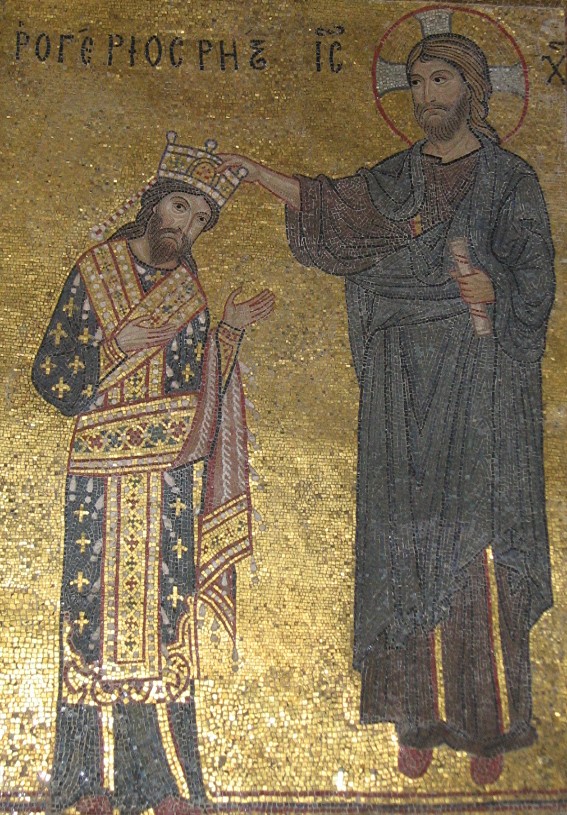The “Other Renaissance” in Naples and Sicily
The south of Italy, including the regions of Naples and Sicily, is sometimes known as the “mezzogiorno.” This is Sicilian artist Antonello da Messina’s painting of the Virgin Mary, who has just learned of her destiny from the Angel Gabriel.
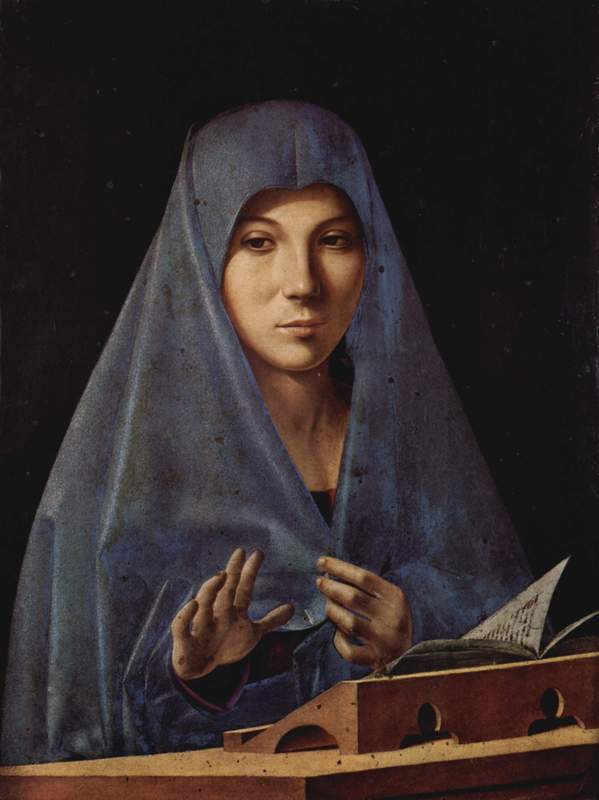
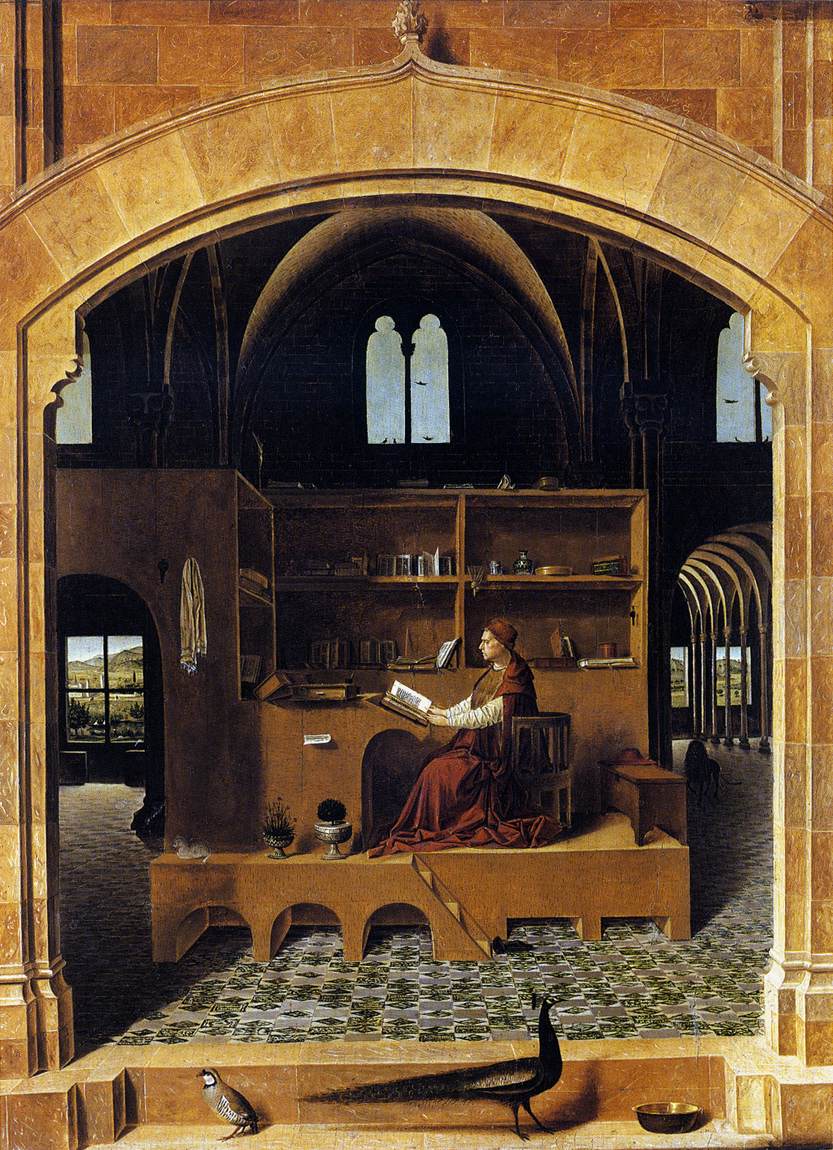
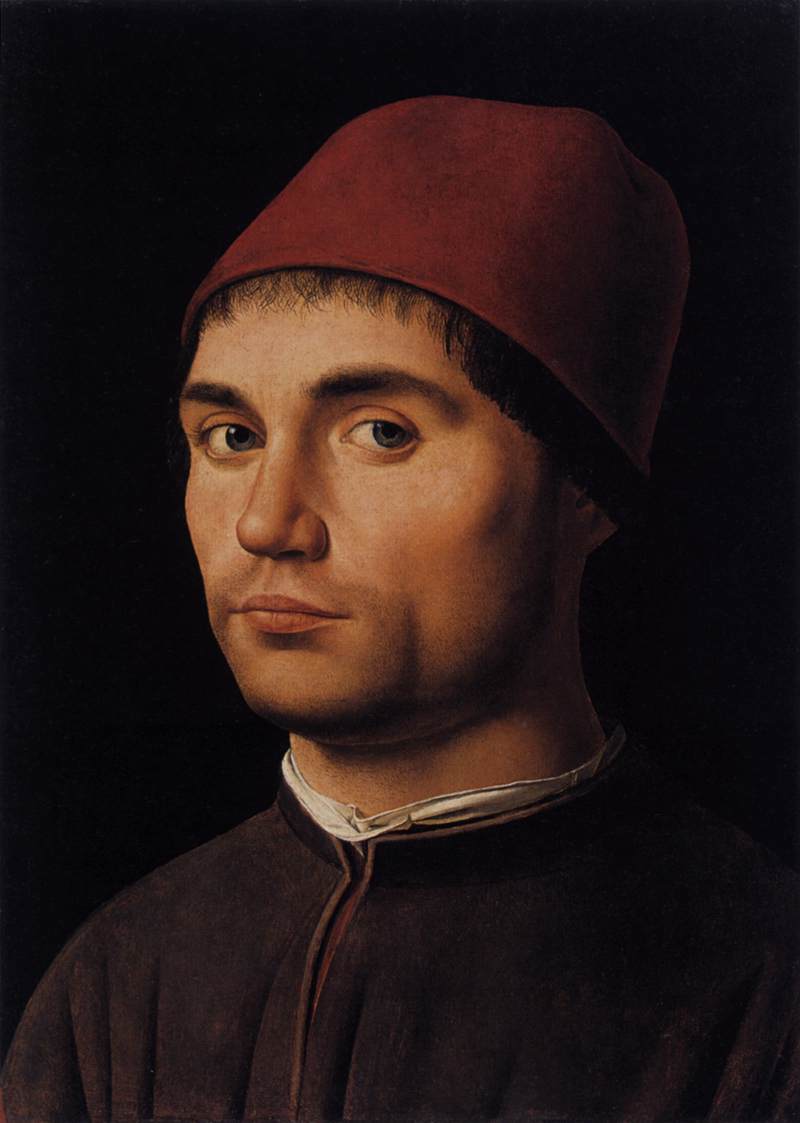
Antonello was one of the greatest of Renaissance artists, but Sicily’s contributions to Renaissance culture stretch even further back in time. For centuries the fertile island in the center of the Mediterranean was inviting to settlers, despite the forbidding presence of an active volcano.


First there were the Phoenicians who came in their ships and settled along the coast of the island as early as 800 BCE.

Then came the Greeks.
Greek Sicilian vase
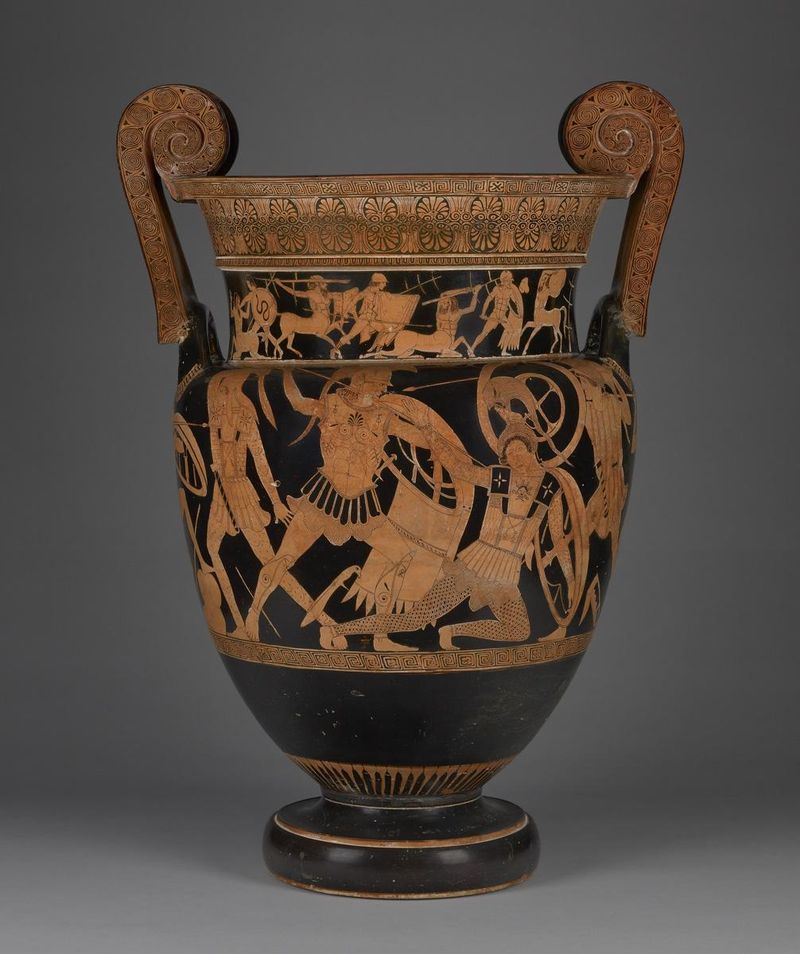

After the Greeks, the Romans developed vast latifundia (plantations) in the center of the island
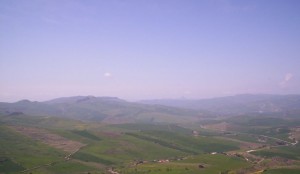
Part of the ancient hunting lodge of Villa Casale in Piazza Armerina where Romans went for rest and relaxation:
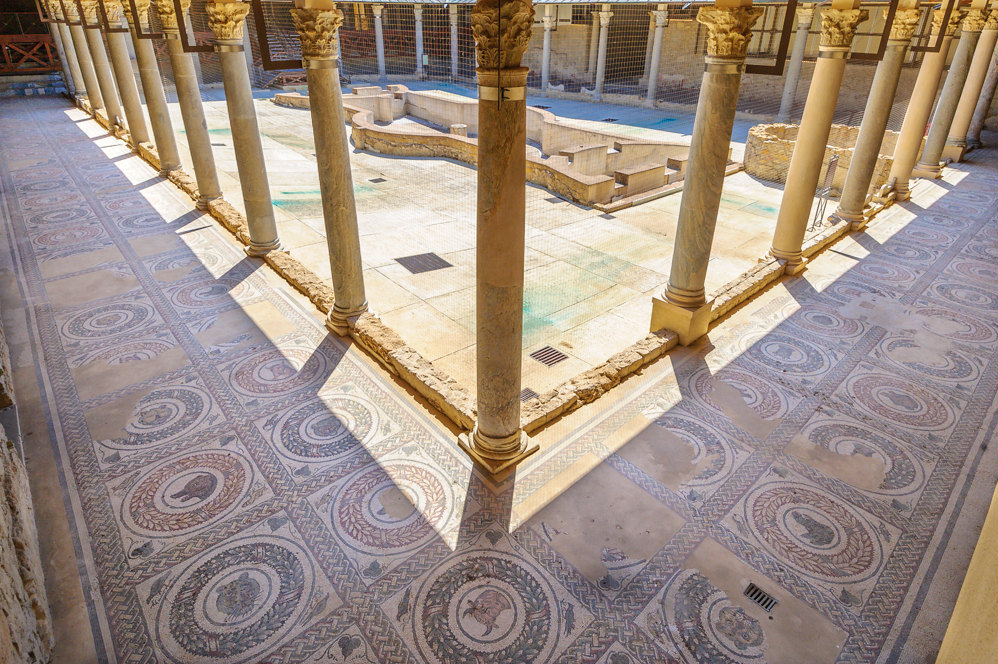
Like Sicily, the southern portion of the Italian Peninsula was colonized by the Ancient Greeks, who called the region Magna Graecia. The language and culture of Greece dominated the south.
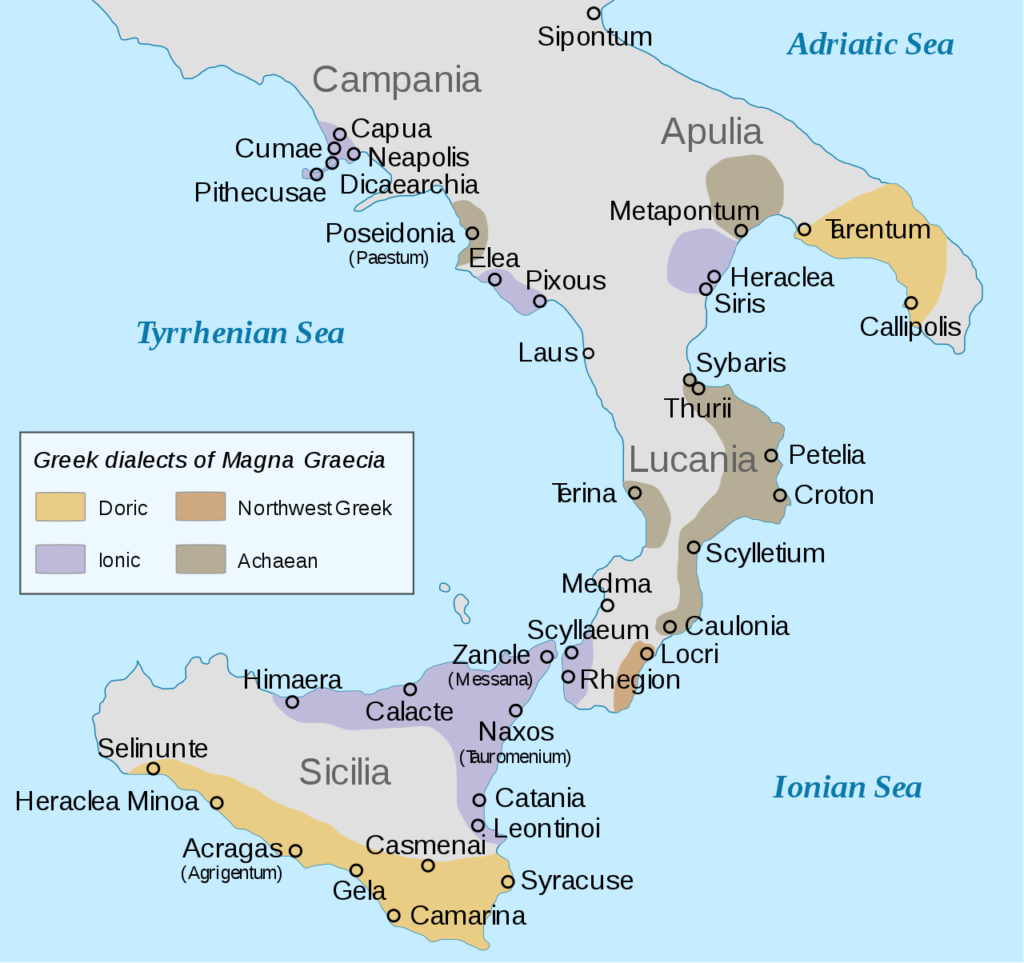
In the 7th century BCE the Greeks founded a settlement named Parthenope, later rebuilt and a new city was built on the site, which was dubbed Neapolis, today known as Naples.
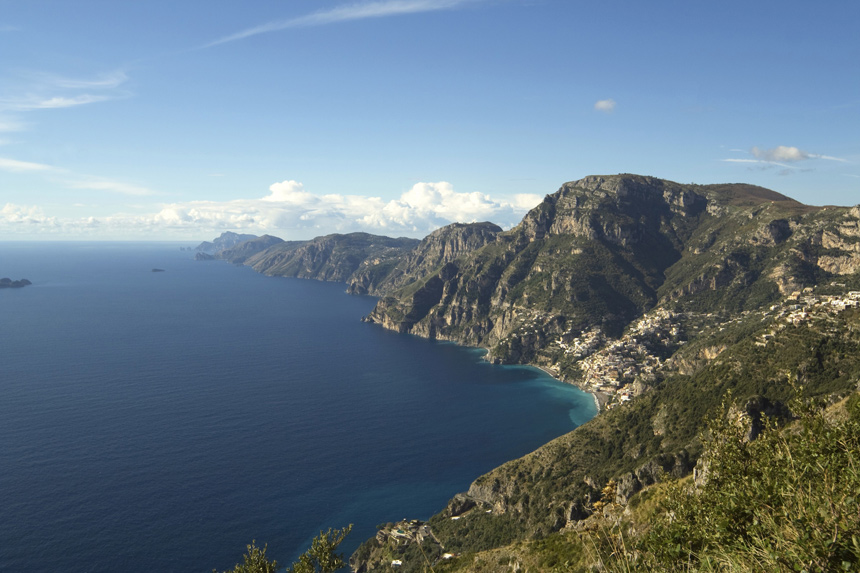
Later incorporated into the Roman Empire, Naples became a thriving center of culture and the arts, with many aristocratic villas.
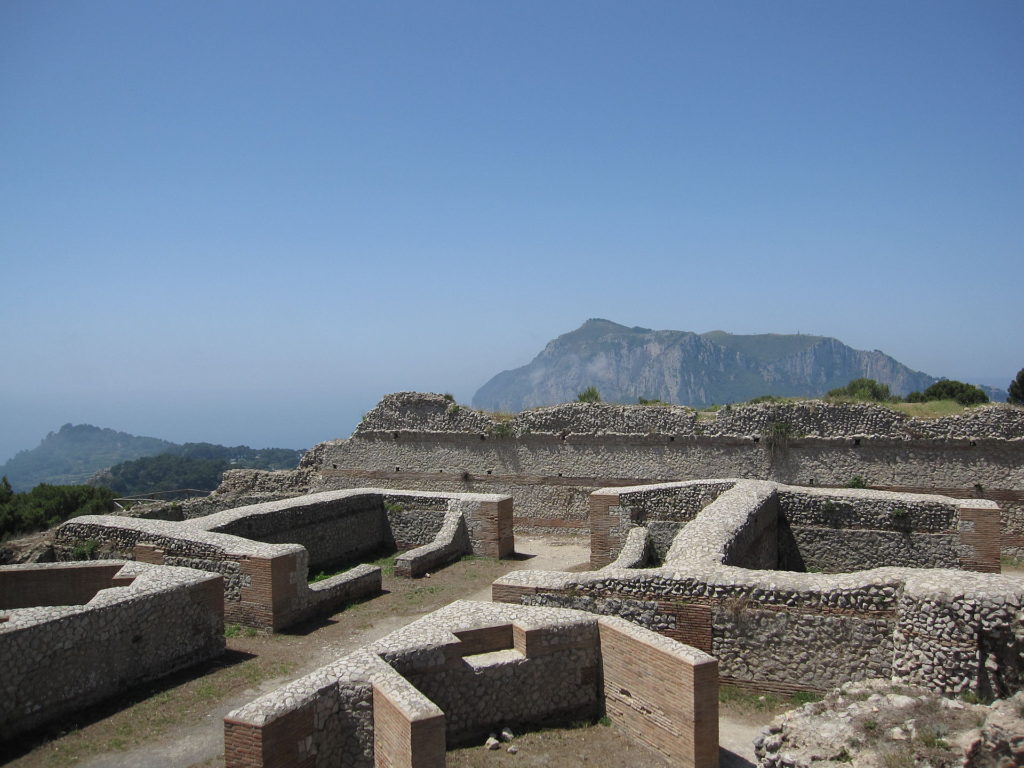
Hovering over the Bay of Naples is Mt. Vesuvius, an active volcano.
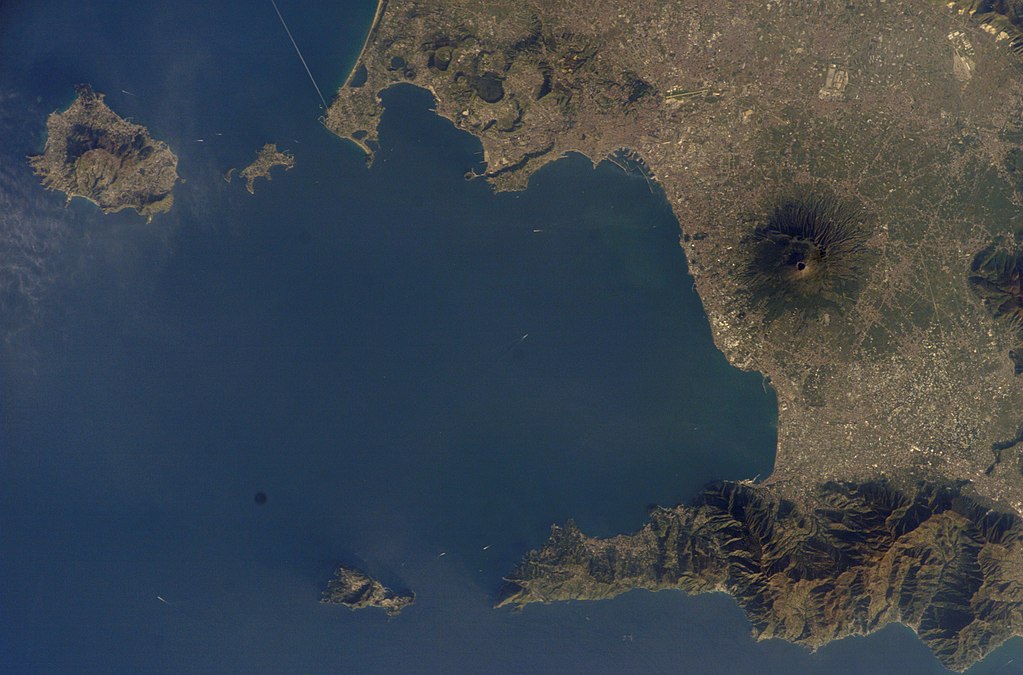
When Vesuvius erupted in 79 CE it devastated the region, burying the Roman cities of Pompeii, Herculaneum and the surrounding areas.



Other troubles awaited the mezzogiorno in the wake of the fall of the Western Roman Empire. There were invasions: First the Vandals, then the Goths, and then the Byzantine Greeks. Under the rule of the Byzantine Emperor Justinian in 541 a devastating plague broke out.

In 529 Benedict of Nursia had founded the remote hilltop monastery of Montecassino. Such monastic institutions kept traditions of learning alive.
By the 7th century, as it began to recover, the mezzogiorno became a melting pot with a rich variety of cultural influences.

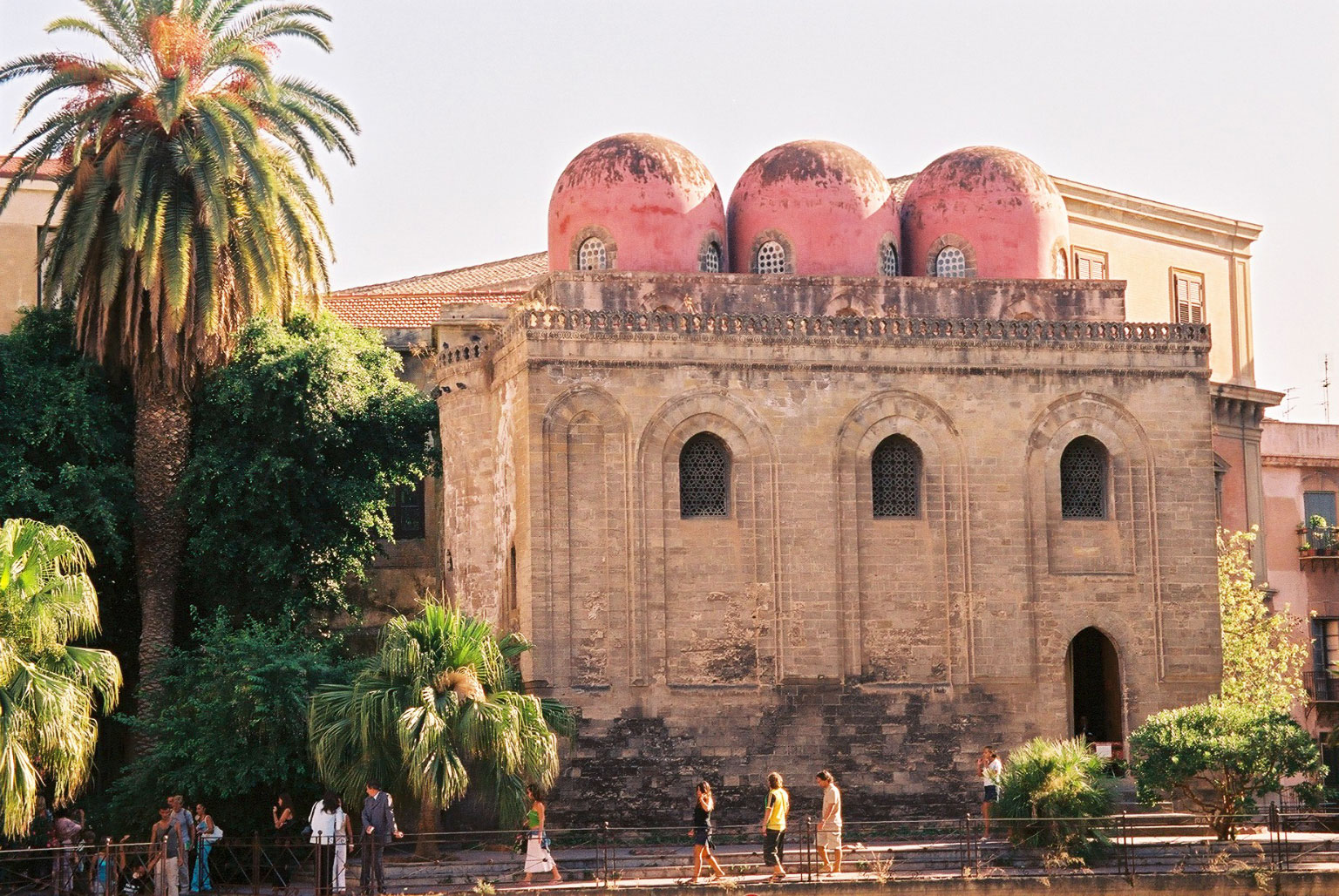

The Norman Roger II being crowned King of Sicily
